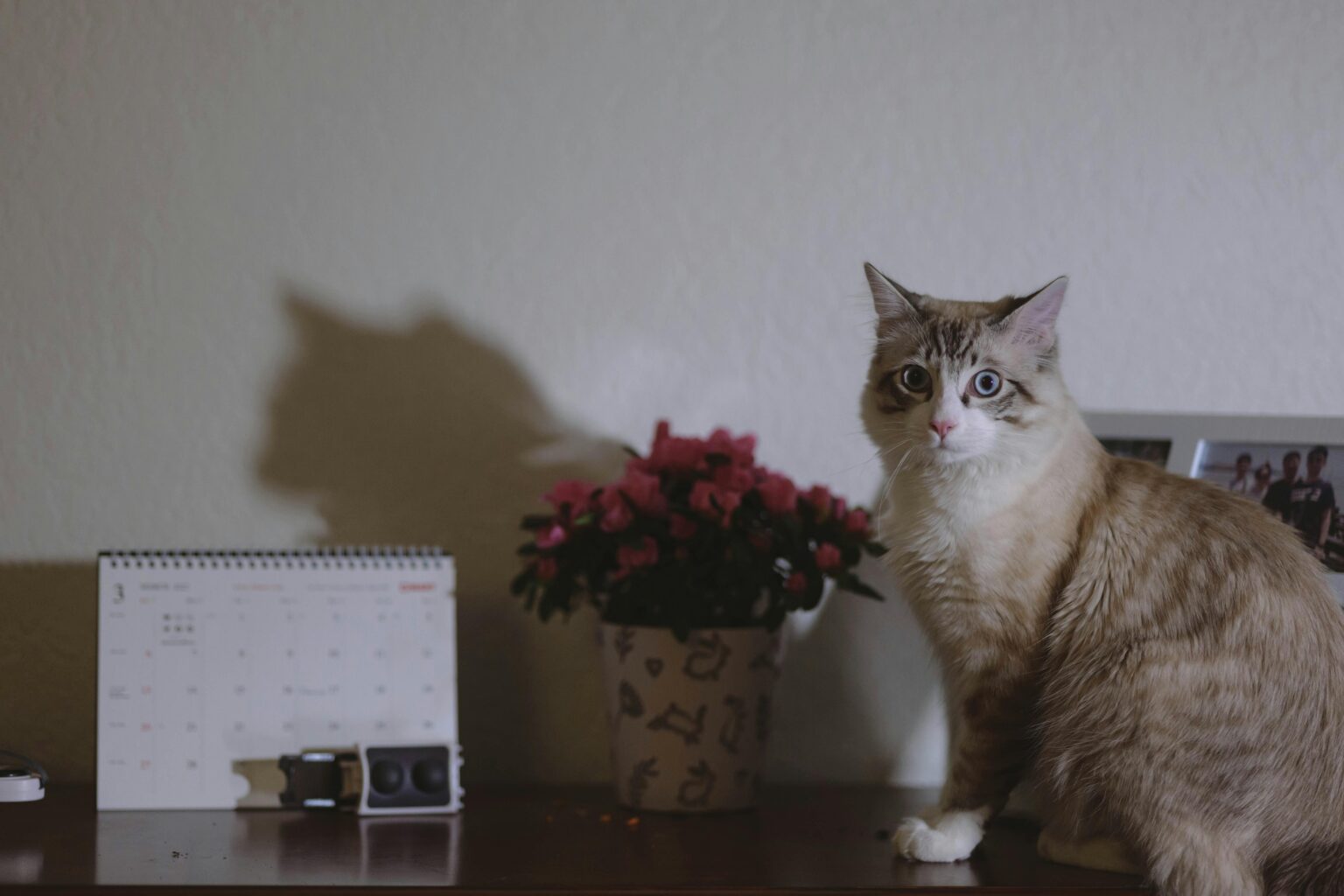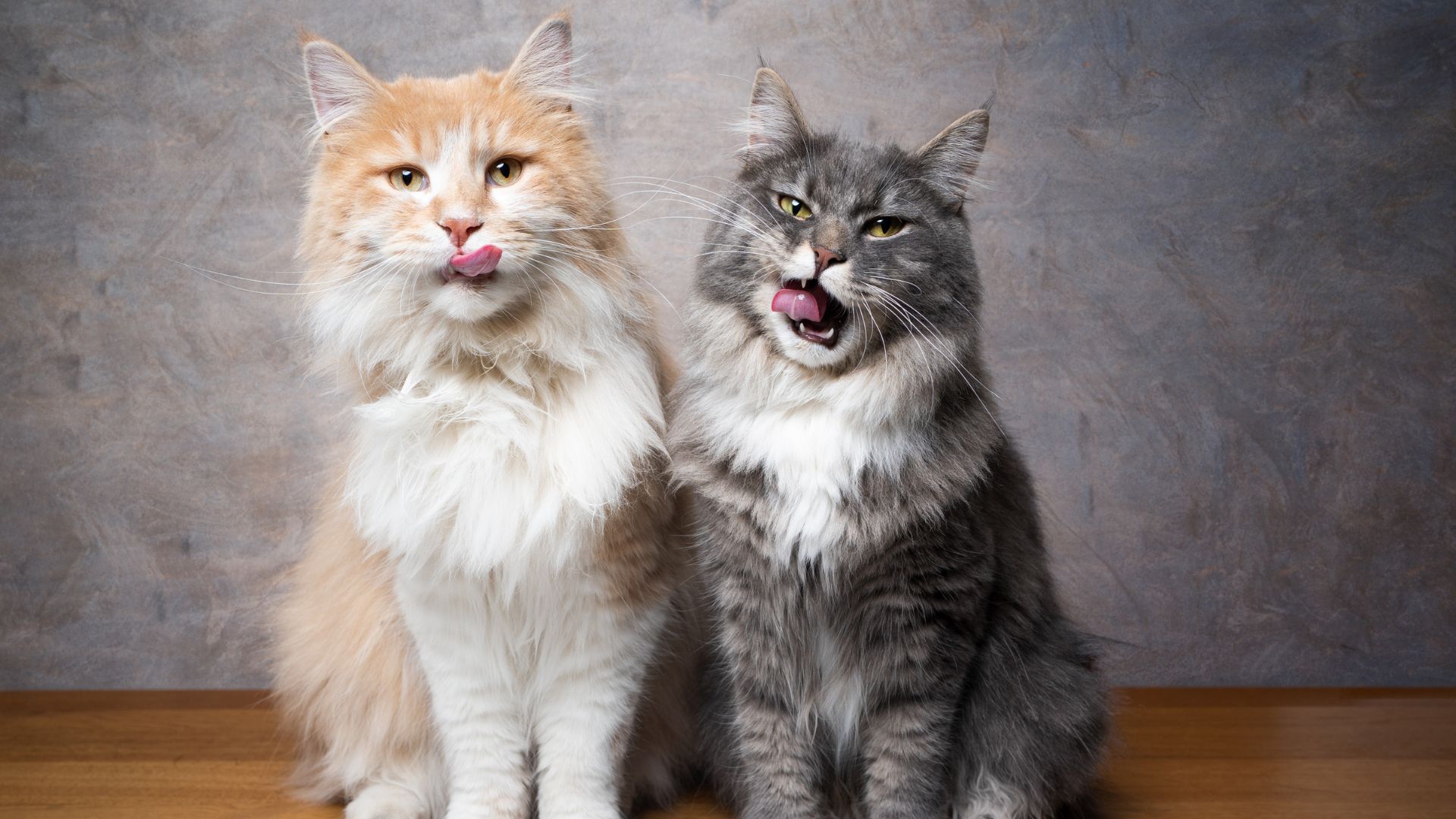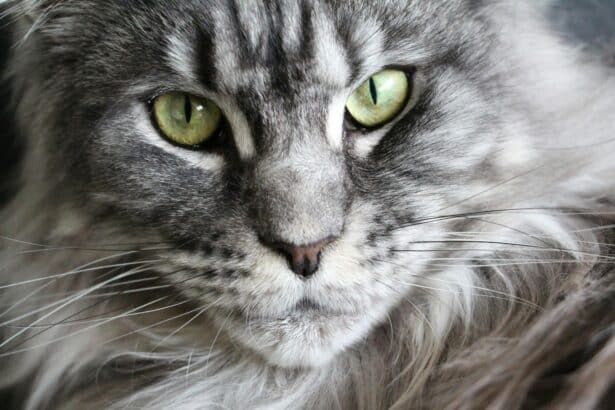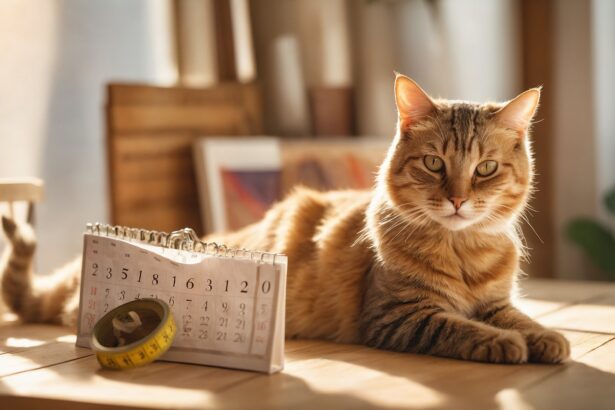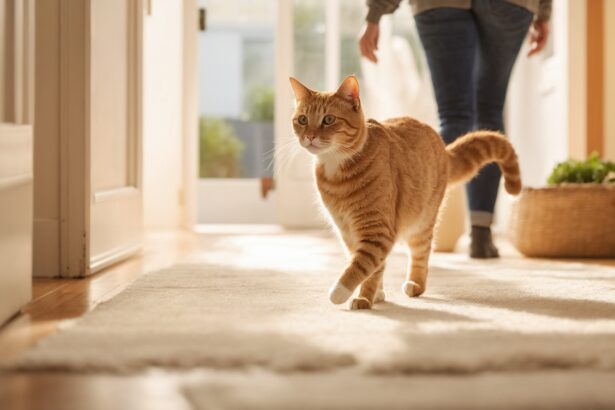Your favorite furball is sunk into your lap, purring like a tiny engine. And then it hits you: in human terms, how old is she really? Knowing how to calculate a cat’s age is more than trivia—it helps you tailor food, vet care, and cozy routines to her true life stage.
- Why knowing your cat’s real age matters
- Smarter vet care at every life stage
- Feeding that actually fits her needs
- Understanding behavior shifts
- The simple, reliable way to convert cat years to human years
- What really influences feline aging
- Weight and diet: small changes, big effects
- Lifestyle: indoor comfort vs. outdoor adventure
- Breed and genetics: a gentle nudge on the clock
- No birth date? Estimate age like a pro
- Help your cat live longer and happier
- Conclusion
- FAQ
Why knowing your cat’s real age matters
Smarter vet care at every life stage
Kittens need vaccine boosters and parasite prevention, while mature and senior cats benefit from regular bloodwork and dental checks. Age-aware care can catch issues early and keep her feeling spry.
Feeding that actually fits her needs
Kitten, adult, and senior formulas aren’t just marketing. Growth, maintenance, and aging all require different nutrients and calories. Matching food to age supports a healthy weight, strong muscles, and a silky coat.
Curious about what a balanced bowl looks like? Explore our guide to what cats should really eat.
Understanding behavior shifts
The frantic kitten zoomies mellow into adult play, then transform into a senior’s unhurried elegance. When you know her life stage, “new” behaviors make perfect sense—and are easier to support.
The simple, reliable way to convert cat years to human years
Quick conversion chart you can trust
Use this handy mapping to estimate your cat’s human-age equivalent:
- 1 month → 1 human year
- 6 months → 10 human years
- 1 year → 15 human years
- 2 years → 24 human years
- 4 years → 32 human years
- 6 years → 40 human years
- 8 years → 48 human years
- 10 years → 56 human years
- 12 years → 64 human years
- 14 years → 72 human years
- 16 years → 80 human years
- 18 years → 88 human years
- 20 years → 96 human years
How to read the chart (and fill the gaps)
Think of it this way: the first year equals 15 human years, the second adds 9 (total 24), and every year after adds roughly 4 human years. A 4-year-old cat? About 32 in human years. An 11-year-old? Around 60.
Want to go deeper on nuances by breed and lifestyle? See our friendly explainer on understanding your cat’s human age.
Pro tip
Make your cat’s “Gotcha Day” a reminder in your calendar. Each year, note her life stage (kitten, adult, mature, senior), book a wellness check, and review food, litter, and play routines. Two minutes of planning, a year of peace.
What really influences feline aging
Weight and diet: small changes, big effects
Staying lean is one of the best longevity boosters. Portion control, quality protein, and a steady routine help protect joints, kidneys, and overall vitality.
Lifestyle: indoor comfort vs. outdoor adventure
Indoor cats often live longer thanks to safety and steady care. Outdoor life can be enriching, but risks like traffic, toxins, and fights can shave years off a life expectancy.
Curious about averages and what you can influence? Read our guide on how long cats live.
Breed and genetics: a gentle nudge on the clock
Some breeds show remarkable longevity. The Siamese, for instance, often enjoys a long, graceful life. Keen to compare? Take a peek at the longest-living cat breeds.
No birth date? Estimate age like a pro
Teeth tell tales
Bright white baby teeth and minimal tartar suggest youth. Noticeable wear, yellowing, or missing teeth usually indicate a mature or senior feline. A vet can hone this estimate quickly.
Coat and eyes: subtle but telling
Glossy, plush coats and clear eyes often point to a younger cat. A duller coat or slightly cloudy lenses can appear with age—but grooming and lighting also play tricks, so cross-check with other signs.
Energy and habits
Kittens bounce; adults balance play and naps; seniors prioritize comfort and routine. Watch jump height, play intensity, and curiosity to help refine your guess.
Common mistake to avoid
Do not rely on just one clue. For example, cloudy-looking eyes do not automatically mean “old”—some cats have genetics or minor issues that mimic aging. Always combine teeth, coat, and behavior.
Wondering why your snoozy cat logs so many hours? Here is the science behind why cats sleep so much.
Help your cat live longer and happier
Regular, age-appropriate vet care
Annual exams for adults and twice-yearly for seniors help spot changes early. Ask about dental care, weight goals, and screening bloodwork once your cat hits the “mature” years.
Feed for the life stage
Choose kitten, adult, or senior formulas based on her true age—not just the number on the calendar. Reassess portions every few months and watch the waistline from above.
Create a safe, stimulating world
Offer vertical spaces, scratchers, puzzle feeders, and cozy nooks. Gentle daily play supports joints, weight, and mood at any age.
Surprising fact
Cats “age” fastest in their first two years—roughly to 24 human years—then settle into a steadier pace of about 4 human years for each cat year. No wonder your once-tiny tornado matured overnight.
Conclusion
Now that you can translate whisker-years into human years, you are ready to fine-tune care for every chapter of her life. Tell us your kitty’s “human age” in the comments—and give her an extra cuddle from us today.
FAQ
- How many human years is a 3-year-old cat? About 28. Use 24 for the first two years, then add 4 per extra year: 24 + 4 = 28.
- When is a cat considered senior? Around 8 years, though many healthy cats stay playful for much longer with good care.
- Do indoor cats live longer than outdoor cats? Generally yes, thanks to fewer risks and steadier care. Enrichment keeps indoor life exciting.
- What food should I choose for my cat’s age? Kitten for growth, adult for maintenance, senior for gentle support. When in doubt, ask your vet and monitor body condition.


